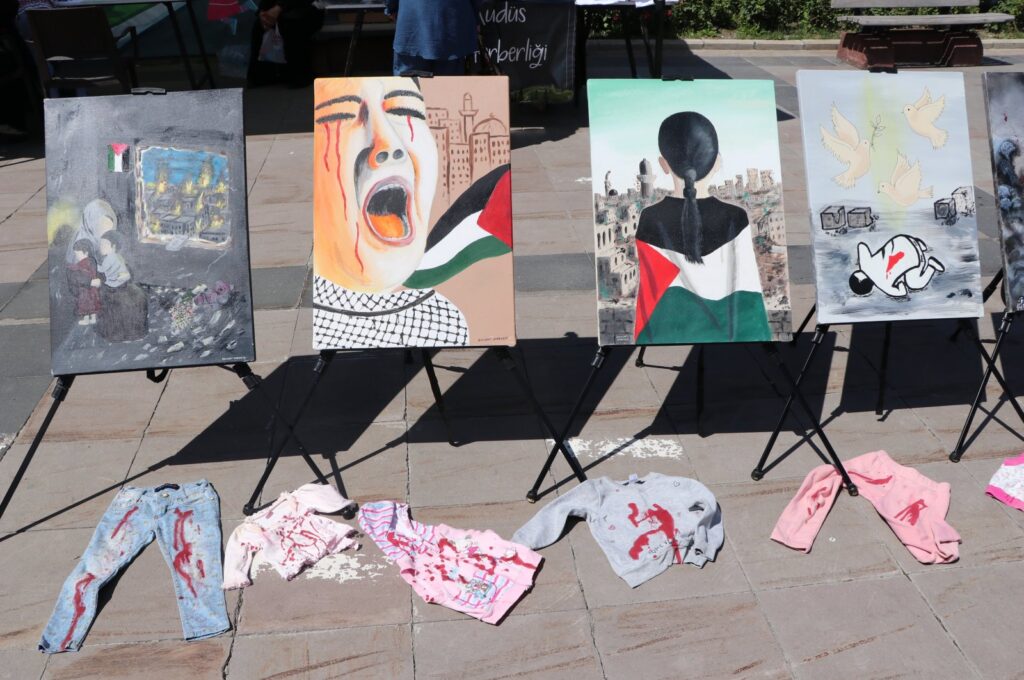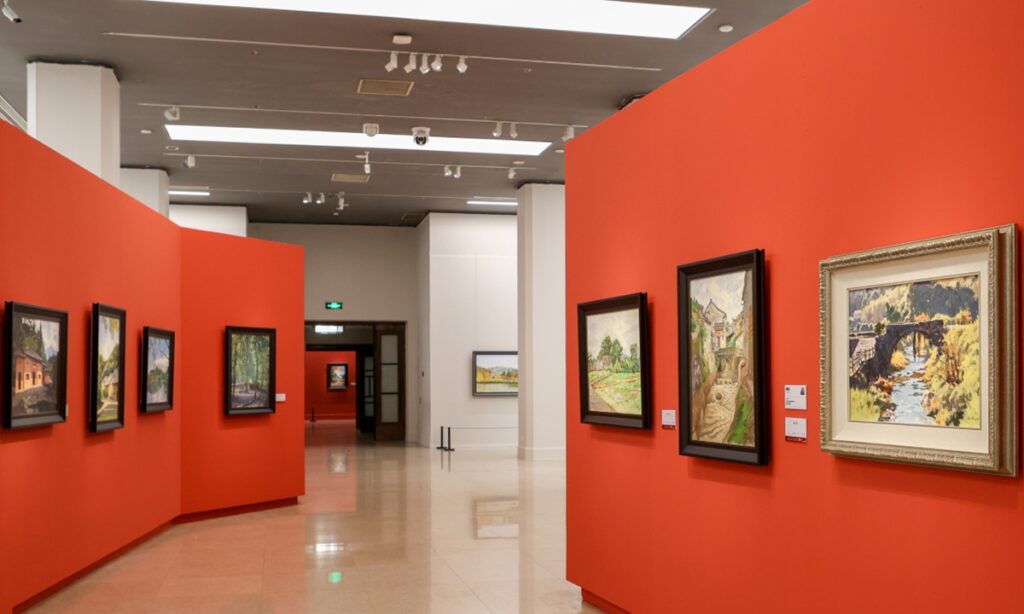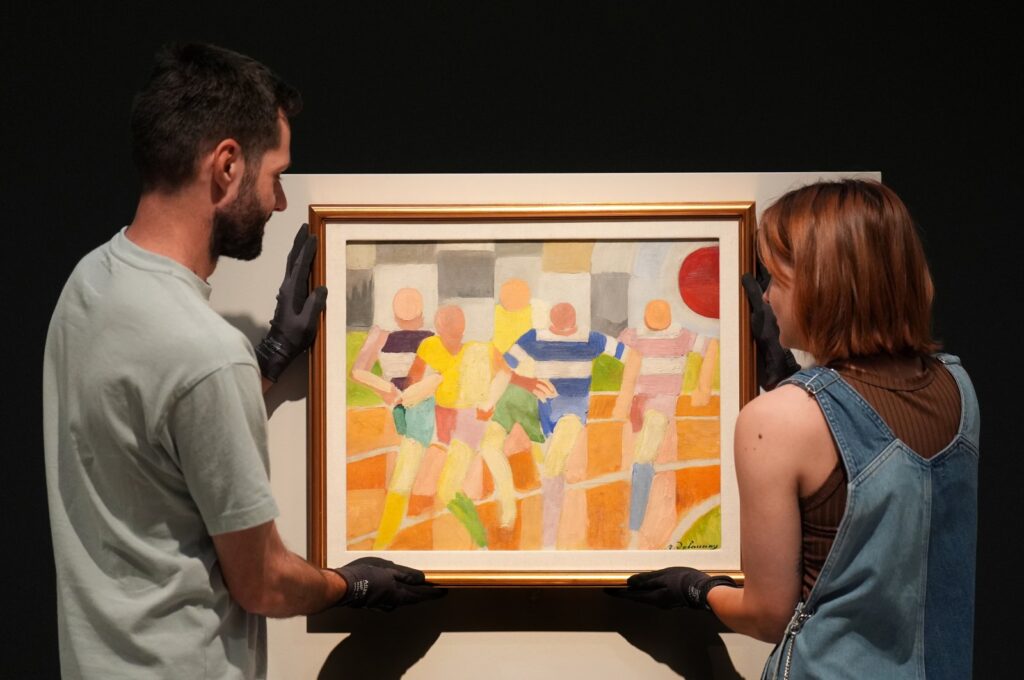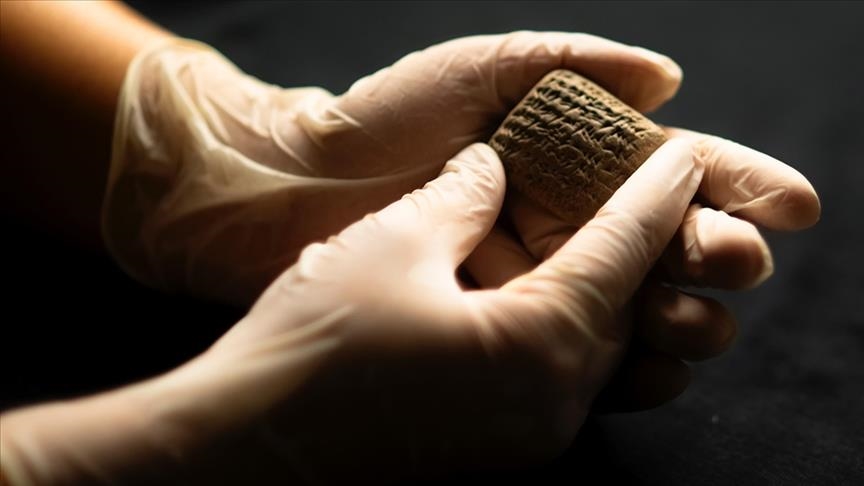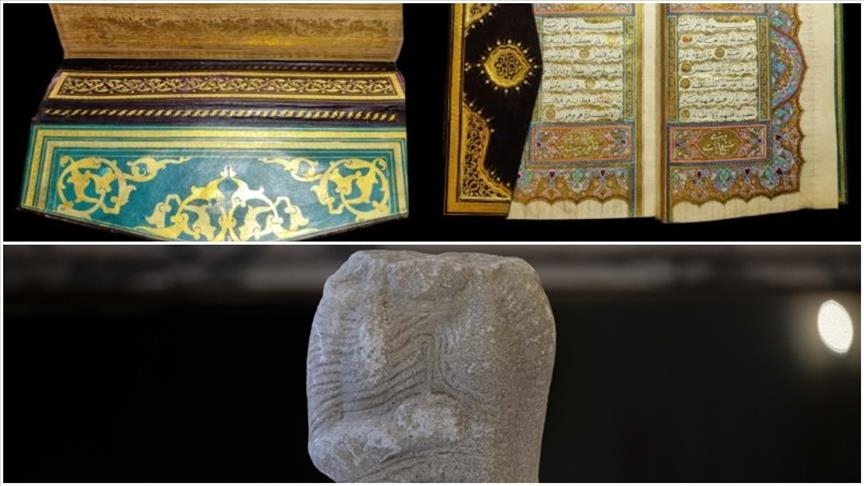
Monitoring Desk
LAHORE: Last week, after bargaining for hours with more than a dozen goldsmiths in Lahore’s largest gold market, the famed Rang Mahal bazar, Maulvi Jamshaid finally returned home with a 10 kg bag of dirt he had bought for 100,000 Pakistani rupees ($487).
But why did he pay such a hefty sum for a sack of dirt?
Jamshaid, 55, comes from a long line of niyarias, or gold scavengers, who do the often filthy, always painstaking work of extracting gold — and other precious metals such as platinum, palladium and silver — from literally anything one can find in a goldsmith’s workshop — including dirt.
The grinding, filing, polishing and buffing processes required to make jewelry send microscopic clouds of precious dust flying into the air, Jamshaid explained, which ultimately settles down on mats, carpets, earthen pots used to melt metals, tools and floors at Rang Mahal’s gold shops.
It was always a hard bargain, Jamshaid said, to convince goldsmiths to let him sweep the floors of their shops for dust and filth that may contain minute particles of gold. Often, the niyarias also scour out gold dust from sewerage drains.
“I couldn’t afford to buy the other scrap from the workshop so I only bought the dirt collected there,” Jamshaid told Arab News at his rented home in Gumti Bazar, as he sat down with his 10-year-old son, who is also learning the trade, to begin to extract gold.
Gold is trading at historic high rates in Pakistan, mainly due to price fluctuations in the global bullion market. Twenty-four karat gold was trading in Pakistan at $690 per tola (12.6 grams) on Tuesday. The highest level of $695 was hit last week.
The Pakistani bullion market follows the international gold market. Gold rates in the international market were $1,822 per ounce on Tuesday. The yellow metal hit a high of $2,052 an ounce in March this year.
But despite having paid almost $500 dollars for his sack of dirt, Jamshaid, who has for decades practiced the occupation he inherited from his forefathers, said he had a feeling he had struck a good deal this time.
“At least 17 grams of gold are there in this dirt,” he said. “My experience tells me that.”
To extract the gold, Jamshaid pours the dirt into a metal tub on his rooftop and mixes in nitric acid until precious yellow slivers, sometimes barely visible to the naked eye, separate.
The gold scavenger’s hands and upper arms bear signs of years spent in this thankless line of work, with burns in many places from the toxic chemicals that are an integral part of the process.
To the health hazards of the craft, a new fear has recently been added: That technology will render the niyaria’s skill redundant.
“I think machines will soon take the majority of jobs away from these people, because now the latest machines can sift gold from anything, tell the amount of gold in anything,” goldsmith Asim Ali, who also owns a testing laboratory, told Arab News. “They’re not so common in Pakistan but soon, I fear, they will be.”
But Ali added it was in the goldsmiths’ interest to help sustain the niyaria profession since it protected against pilferage by their own workers. “If they stole items with small amounts of gold embedded in it, without niyarias to extract it, they would not be able to sell it.”
“So most of the goldsmiths maintain their cordiality with these scavengers . . . just in case there is pilferage from their shops,” the goldsmith said.
But Jamshaid does not appreciate the good faith. From his perspective, niyarias feed their children literally by “washing the dirt off the feet of goldsmiths.”
And poverty keeps them trapped in the profession.”I’m making my son learn this trade as I cannot send him to school. But he will help me earn more in the future,” he said.
Then, as the first glitter of yellow appeared on the surface of the gray dirt in the tub, Jamshaid exclaimed: “Look! This is a relatively big speck of gold. I knew I had made a good deal!”
Courtesy: (Arabnews)
The post At Lahore’s famed Rang Mahal bazaar, scavengers sift through dirt for gold appeared first on The Frontier Post.



